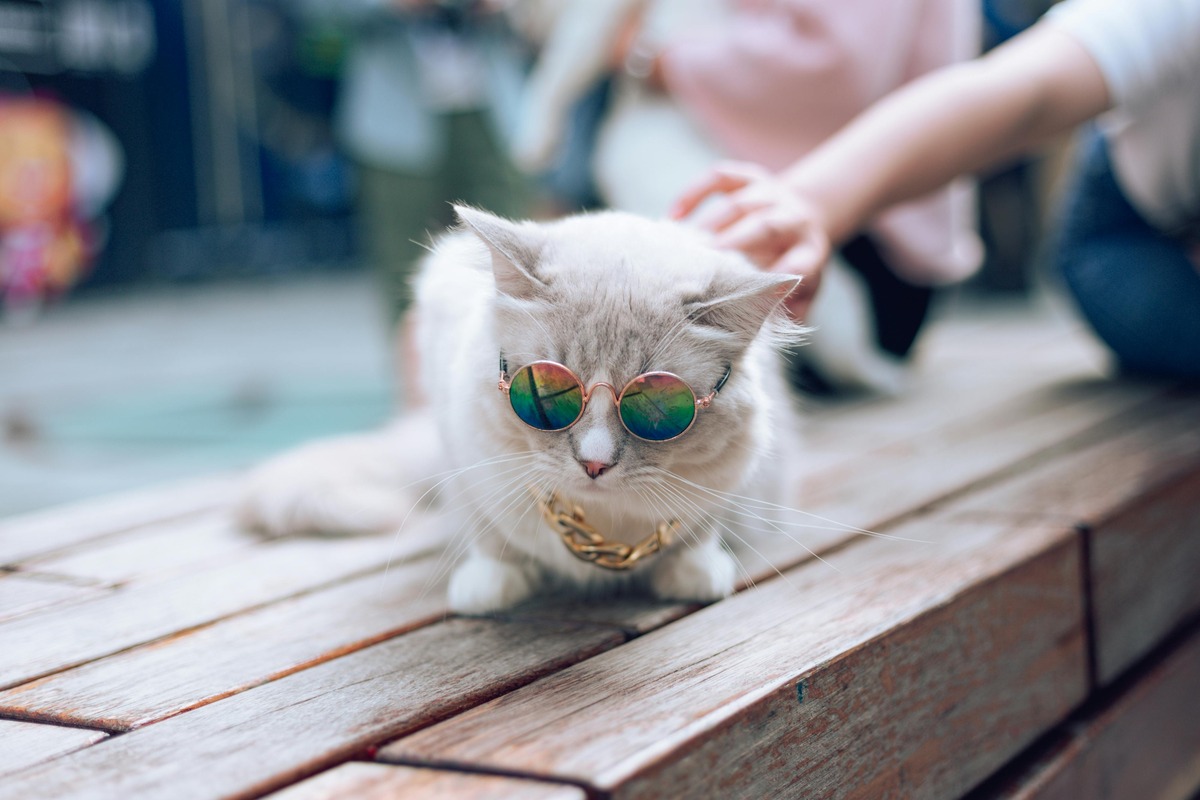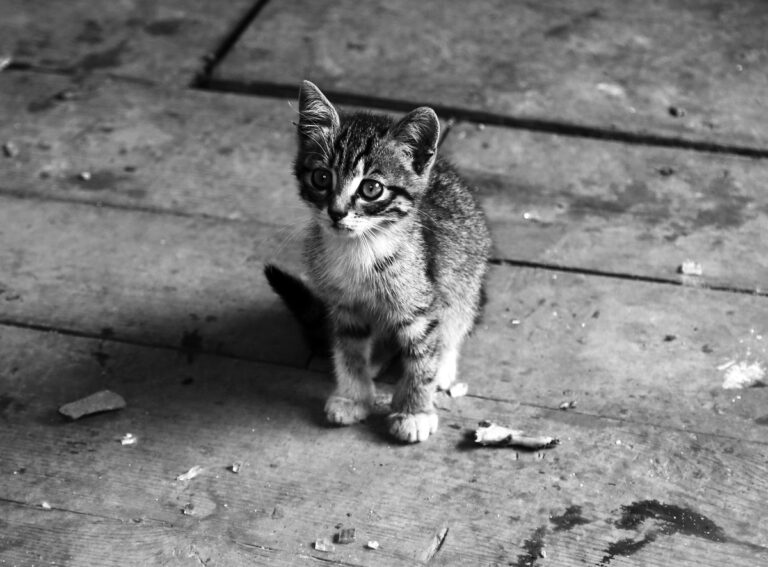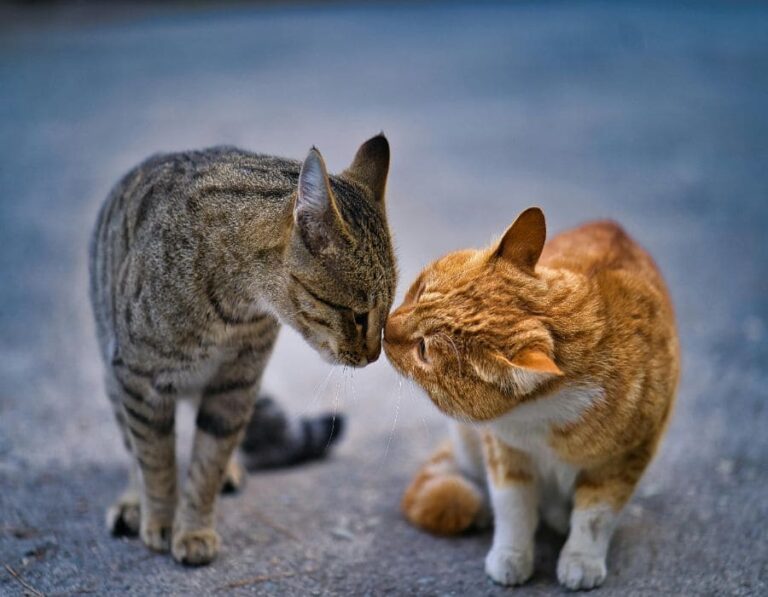11 Mind-Blowing Facts About Your Cat’s Secret Intelligence
The notion of cats as simple creatures driven purely by instinct continues to crumble under the weight of emerging scientific evidence. Recent studies have shattered long-held misconceptions about feline intelligence, revealing cognitive abilities that rival—and sometimes surpass—those of their canine counterparts. The discoveries paint a fascinating picture of these enigmatic animals.
1. Pattern Recognition Goes Beyond Basic Math

Cats don’t just count their kibble. Research reveals these clever creatures possess an innate grasp of numerical patterns that extends far beyond food-related calculations. Several groundbreaking studies demonstrate feline ability to distinguish between different quantities and recognize complex environmental patterns. Not just simple addition—these animals understand the rhythm and sequence of their daily lives with remarkable precision.
2. Memory Mapping That Puts GPS to Shame

The feline brain constructs intricate mental maps with astounding detail and longevity. Think of it as Google Maps meets photographic memory. These sophisticated neural blueprints allow cats to navigate complex territories even after extended absences, maintaining precise knowledge of resource locations, escape routes, and potential danger zones. The durability of these mental maps often spans years.
3. Emotional Intelligence: Masters of Mood Reading

Those judgmental stares aren’t just attitude. Studies show cats possess an uncanny ability to read and respond to human emotional states. Through subtle shifts in vocal patterns, facial expressions, and body language, these perceptive animals gauge their human companions’ moods with remarkable accuracy. The old stereotype of the aloof cat? Pure fiction.
4. Time Awareness That Defies Explanation
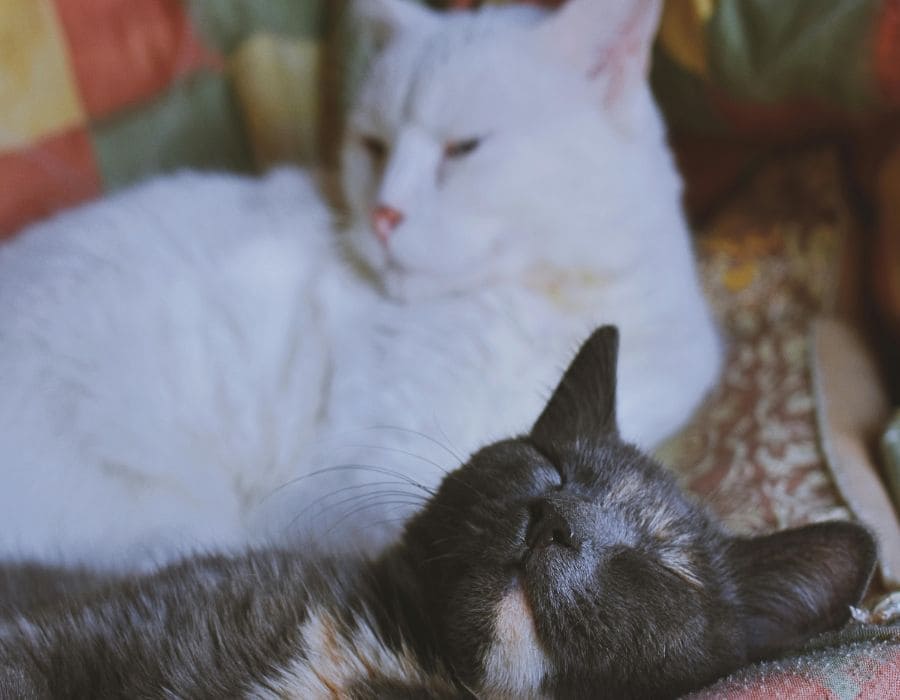
Cats don’t wear watches, but their internal clocks put some humans to shame. Research demonstrates their ability to recognize and anticipate specific times with eerie precision. From feeding schedules to predicting when their humans return home, these time-conscious creatures display temporal awareness that continues to baffle researchers.
5. Social Learning: The Silent Observers
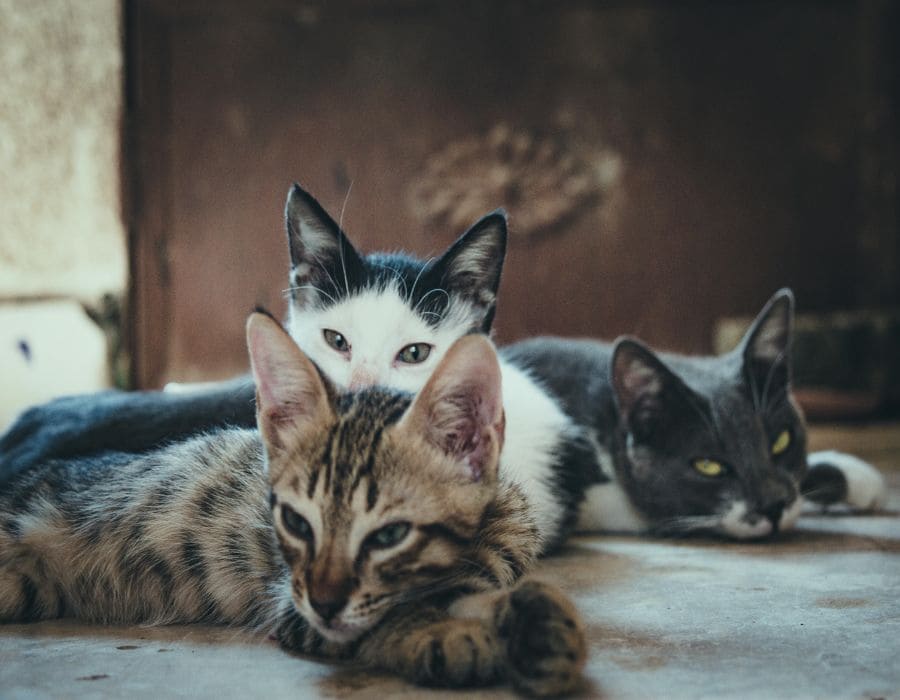
While dogs get attention for their trainability, cats quietly master new skills through observation. Studies reveal their capacity to learn complex behaviors simply by watching others. This extends beyond basic imitation—cats demonstrate the ability to understand and replicate solutions to problems they’ve never personally encountered.
6. The Physics of Feline Problem-Solving

Recent research highlights cats’ sophisticated understanding of cause and effect relationships. These natural scientists grasp basic physics principles that govern their world. Object permanence? Check. Action-consequence relationships? Absolutely. The evidence suggests cats possess a practical understanding of physical laws that rivals that of young children.
7. Memory Management: Strategic Information Storage
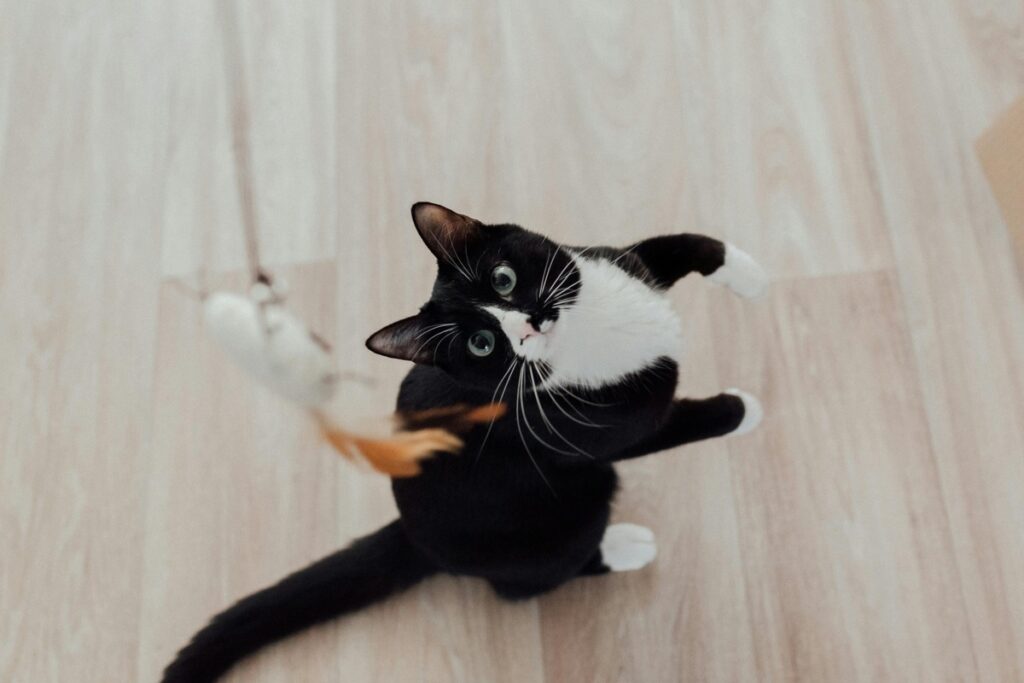
The feline brain operates like a highly efficient hard drive. Studies show cats selectively retain crucial information while discarding irrelevant data. This isn’t just good memory—it’s strategic memory management that allows for optimal cognitive performance. Important survival information gets priority storage; everything else faces ruthless deletion.
8. Non-Verbal Communication: A Language All Their Own

The complexity of feline communication extends far beyond simple meows. Research documents over 100 distinct vocalizations, each carrying specific meaning. Combined with an intricate system of body language and facial expressions, cats demonstrate communication capabilities that put some spoken languages to shame.
9. Environmental Intelligence: Masters of Adaptation
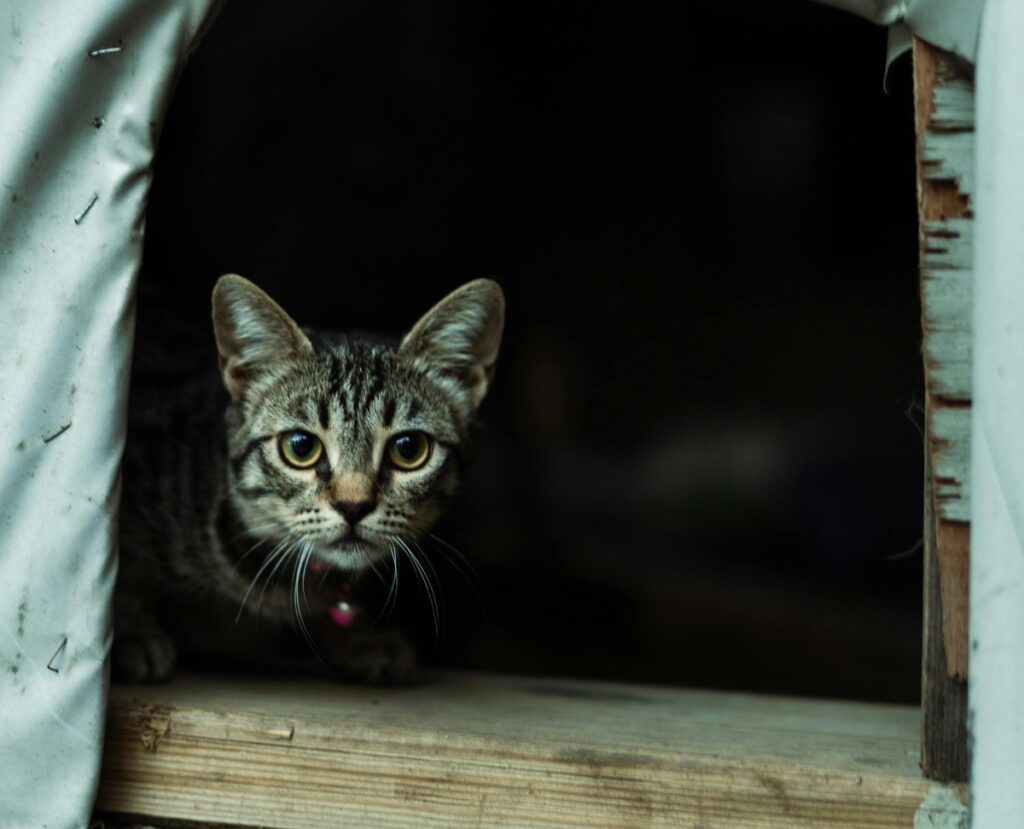
Cats don’t just survive in diverse environments—they thrive through intelligent adaptation. Studies reveal their ability to modify behaviors based on changing circumstances, showing remarkable cognitive flexibility. From urban apartments to rural barns, these adaptable creatures adjust their natural behaviors to suit any situation.
10. Tool Use: Not Just for Primates Anymore

Breaking new ground in animal cognition research, studies now document cats using simple tools. While they’re not building rockets, observations show cats manipulating objects to achieve specific goals. This higher-order thinking challenges traditional views about tool use being limited to primates and certain bird species.
11. Cross-Species Social Skills: Breaking the Language Barrier

Perhaps most remarkably, cats display sophisticated abilities in cross-species interaction. Research documents their capacity to form complex social bonds across species lines, understanding and responding to diverse social cues. This advanced social cognition enables successful navigation of multi-species households—a skill that continues to amaze researchers.
The ongoing exploration of feline intelligence reveals new dimensions of cat cognition almost daily. These findings don’t just reshape our understanding of these remarkable animals—they demand a fundamental reconsideration of how we define animal intelligence. As research continues, one thing becomes clear: cats possess intellectual capabilities that deserve far more recognition than they typically receive.

